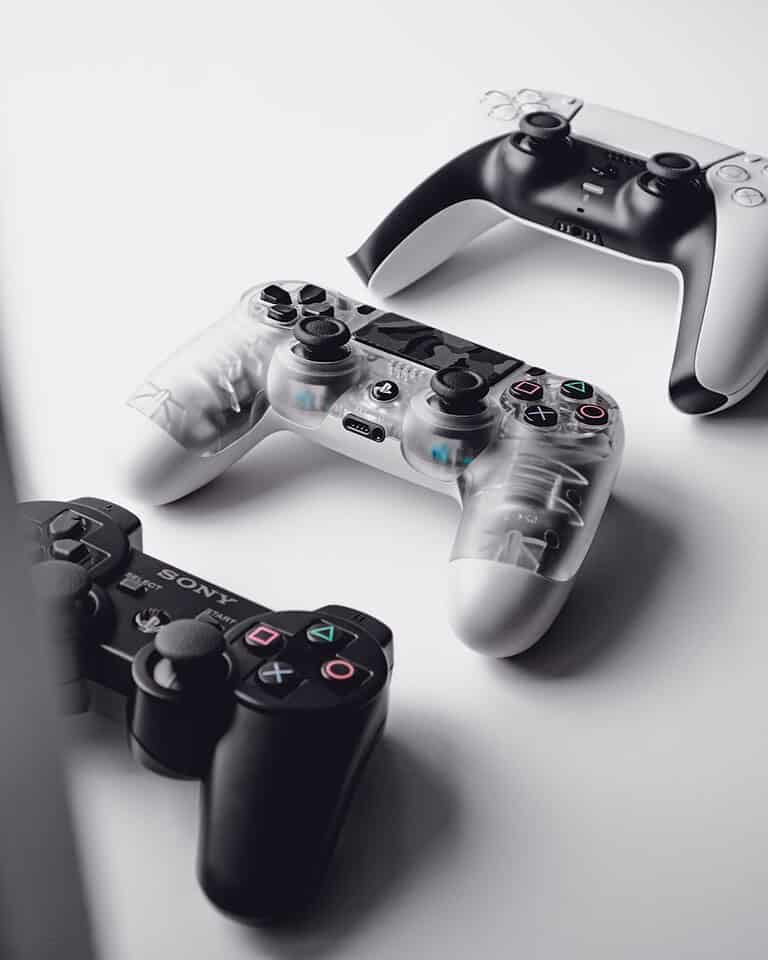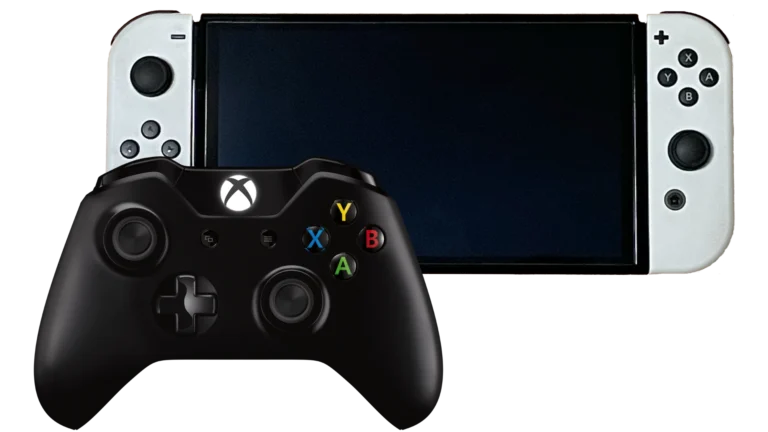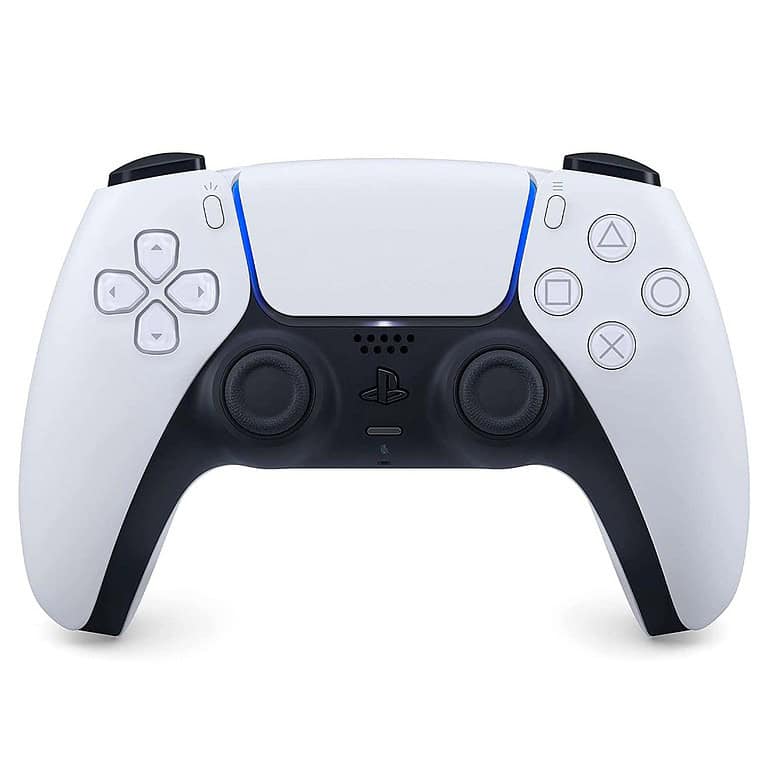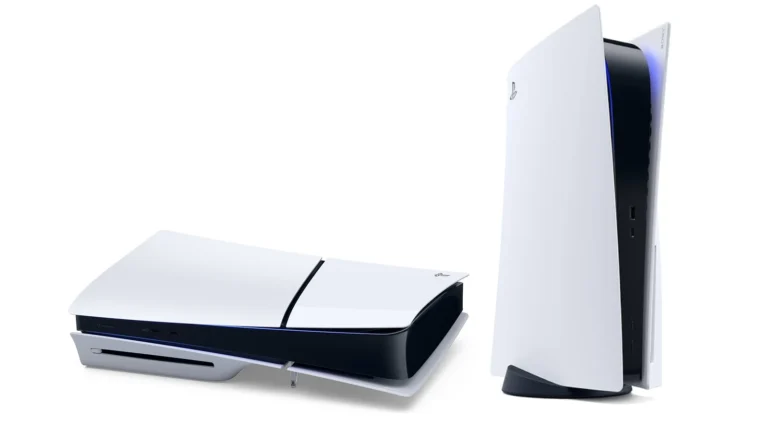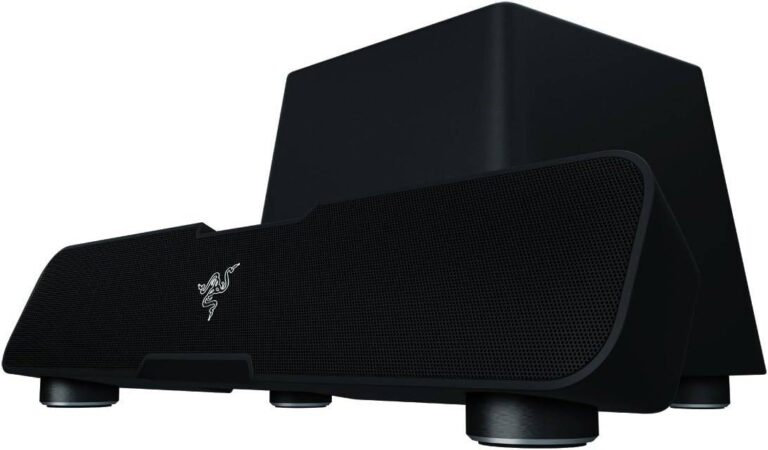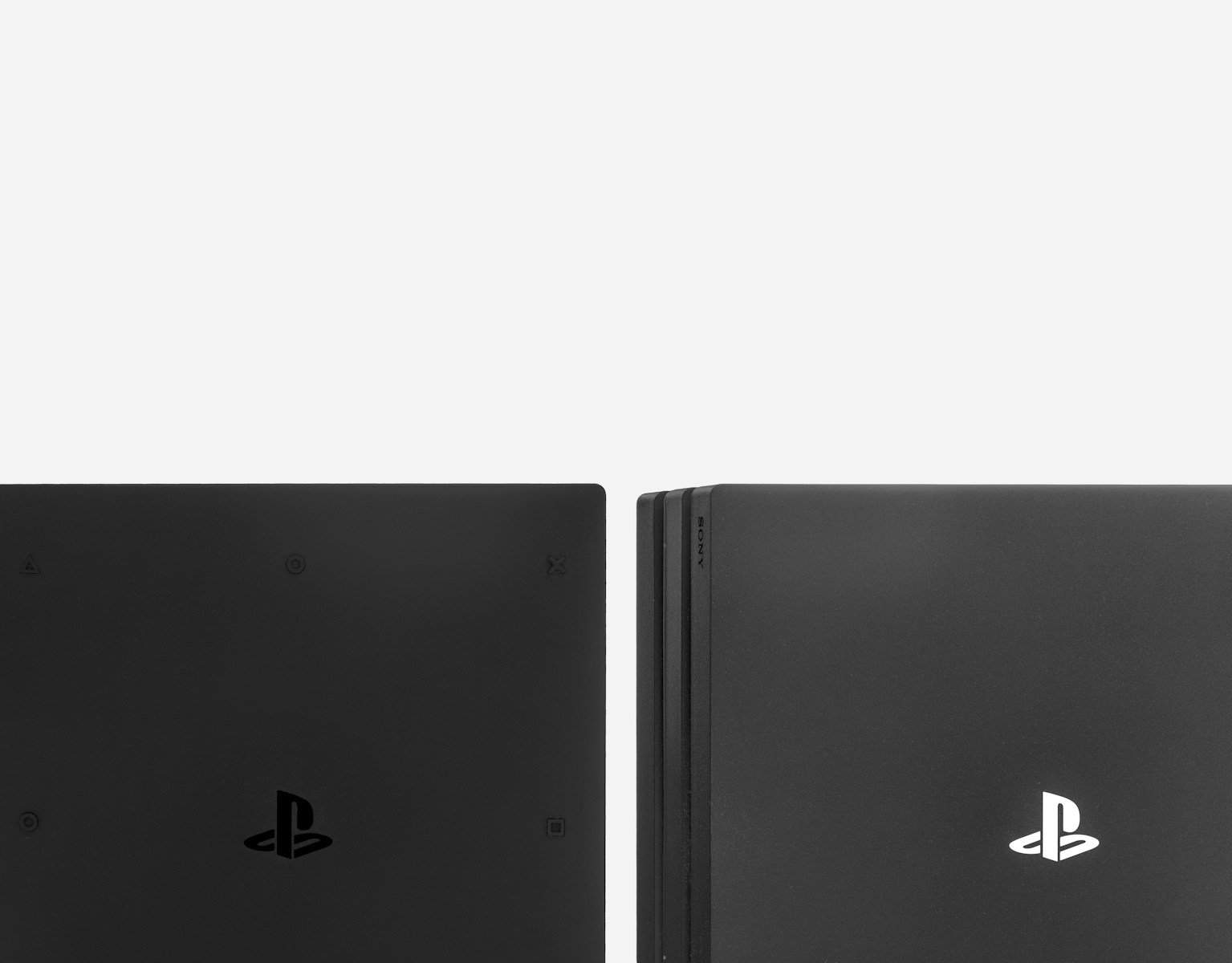
The PlayStation 4 stands as a landmark home video game console from Sony Interactive Entertainment. Since its debut in 2013, several PS4 models have hit the market. Each PS4 variant offers unique features and improvements, catering to different gaming needs and preferences.
Sony has released multiple iterations of the PS4 over the years. These include the original PS4, the slimmer PS4 Slim, and the more powerful PS4 Pro. The PS4 Slim replaced the original model in 2016, offering a more compact design. The PS4 Pro, launched in November 2016, brought enhanced graphics capabilities, including 4K resolution support.
Understanding the differences between PS4 models helps gamers choose the right console for their setup. The table below outlines key features of the main PS4 variants:
| Feature | Original PS4 | PS4 Slim | PS4 Pro |
|---|---|---|---|
| Release Year | 2013 | 2016 | 2016 |
| CPU | 8-core AMD Jaguar | 8-core AMD Jaguar | Enhanced 8-core AMD Jaguar |
| GPU | 1.84 TFLOPS | 1.84 TFLOPS | 4.2 TFLOPS |
| 4K Support | No | No | Yes |
| HDR | Yes | Yes | Yes |
| Storage | 500GB/1TB | 500GB/1TB | 1TB |
Decoding the PlayStation 4: A Guide to All Models
The PlayStation 4 (PS4) was a gaming powerhouse, offering a diverse lineup of models throughout its lifespan. Whether you’re a collector, a bargain hunter, or simply curious about the differences, here’s a breakdown of all the PS4 models:
Original PS4 (CUH-1000 Series)
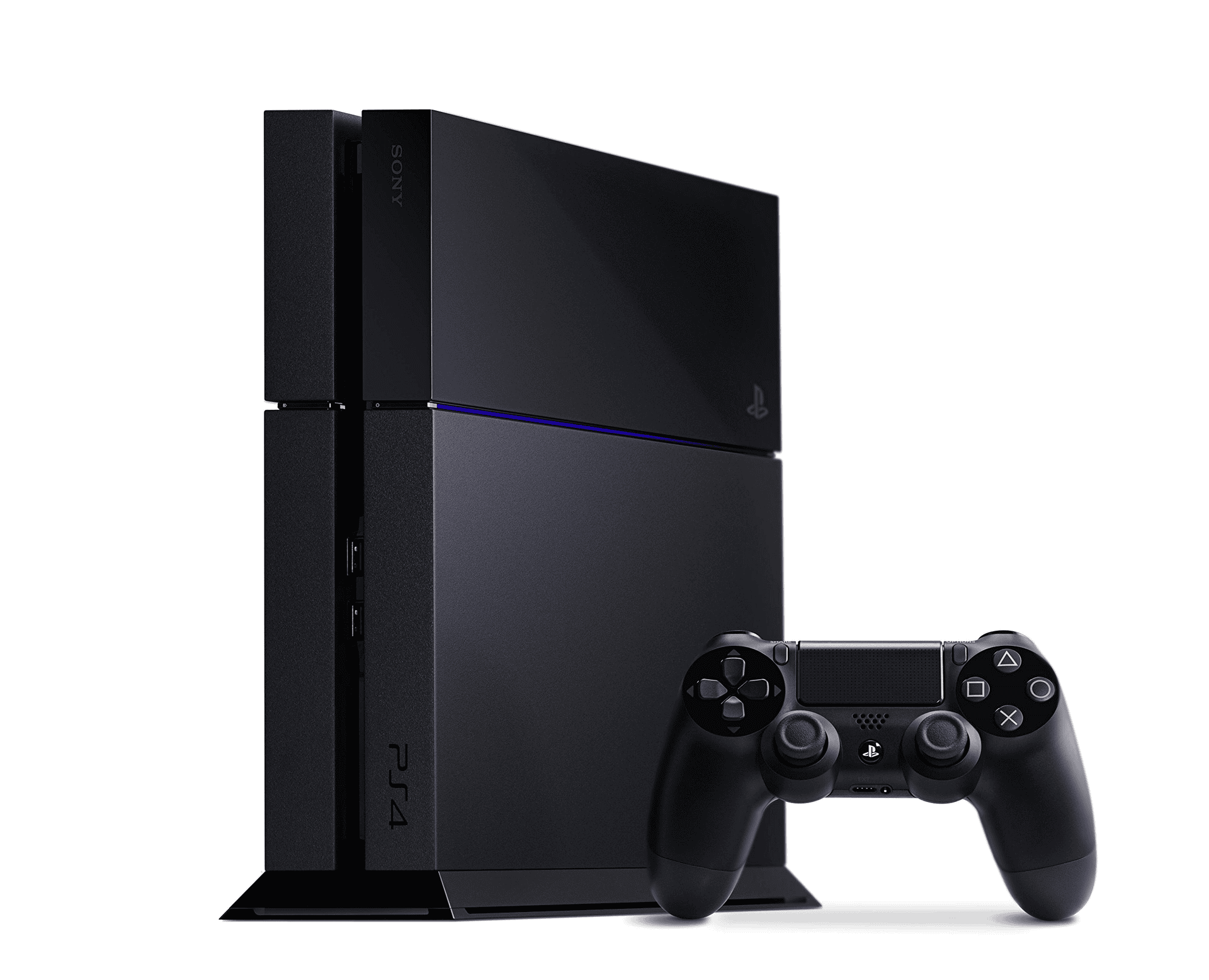
- Launch Model: The first PS4, released in 2013.
- Features: 500GB HDD, Blu-ray drive, Wi-Fi, Bluetooth.
- Distinguishing Features: Glossy top panel, touch-sensitive power and eject buttons.
PS4 Slim (CUH-2000 Series)
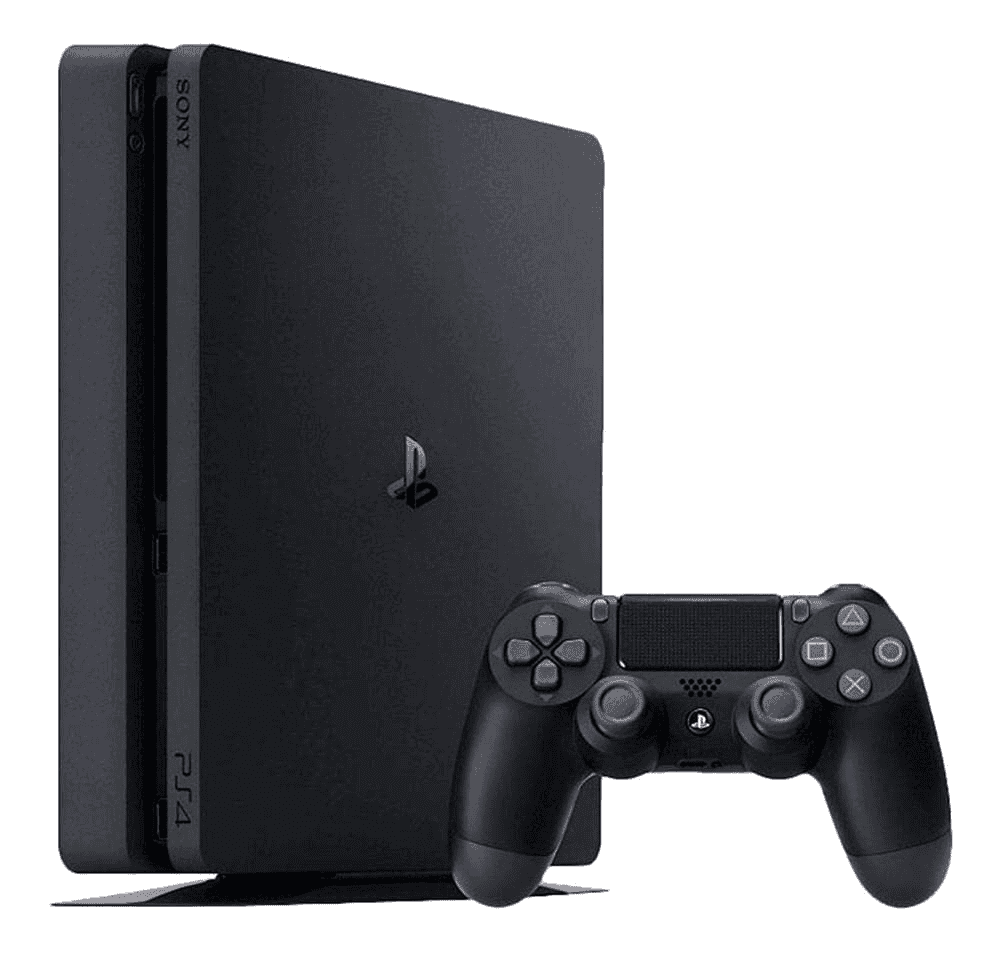
- Released in 2016: A smaller and more energy-efficient version of the original PS4.
- Features: 500GB or 1TB HDD, Blu-ray drive, Wi-Fi (802.11ac), Bluetooth 4.0.
- Distinguishing Features: Matte finish, physical power and eject buttons.
PS4 Pro (CUH-7000 Series)
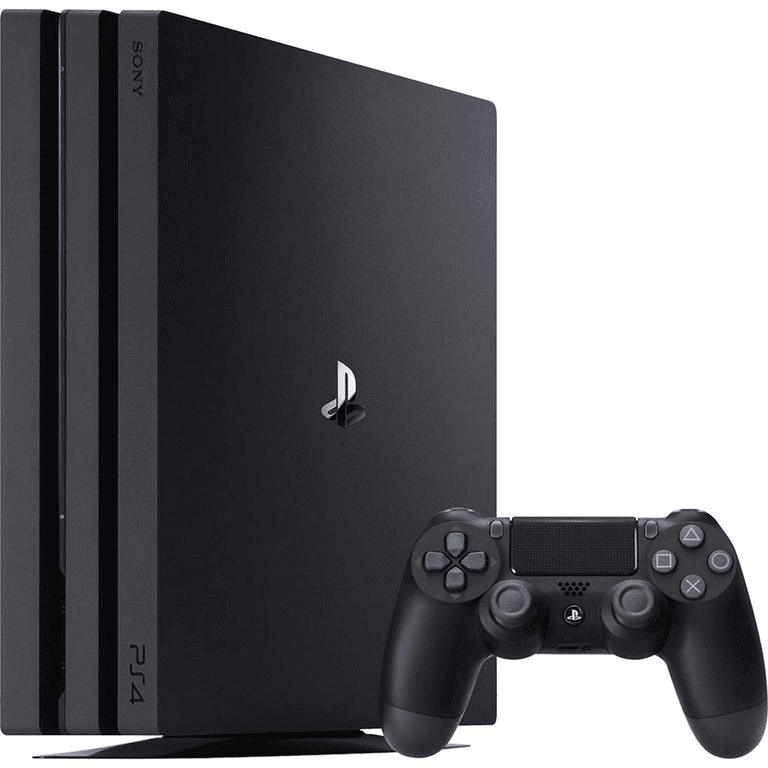
- Released in 2016: A more powerful PS4 capable of 4K gaming and HDR support.
- Features: 1TB HDD, Blu-ray drive (4K compatible), Wi-Fi (802.11ac), Bluetooth 4.0.
- Distinguishing Features: Three-tiered design, larger size than the Slim.
Minor Revisions
Within each series, there were minor revisions with subtle differences:
- CUH-1100 Series: Improved power consumption.
- CUH-1200 Series: Quieter operation.
- CUH-2100 Series: Further reduced power consumption.
- CUH-2200 Series: Minor internal changes.
- CUH-7100 Series: Improved cooling system.
- CUH-7200 Series: Further reduced power consumption.
| Model | Release Year | Key Features | Distinguishing Features |
|---|---|---|---|
| Original (CUH-1000) | 2013 | 500GB HDD | Glossy panel, touch buttons |
| Slim (CUH-2000) | 2016 | 500GB/1TB HDD, smaller size | Matte finish, physical buttons |
| Pro (CUH-7000) | 2016 | 1TB HDD, 4K gaming, HDR | Three-tiered design |
Choosing the Right PS4 Model
- Budget: The PS4 Slim is the most affordable option.
- Performance: The PS4 Pro offers the best gaming experience with 4K and HDR support.
- Availability: The original PS4 is harder to find but might appeal to collectors.
PS4 vs. PS5
The PlayStation 5 (PS5) is the successor to the PS4, offering significant upgrades:
- Faster Performance: The PS5 boasts a powerful CPU and GPU for smoother gameplay and faster loading times.
- Ray Tracing: Experience realistic lighting and reflections with ray tracing technology.
- Haptic Feedback and Adaptive Triggers: The DualSense controller provides immersive haptic feedback and adaptive triggers for a more engaging gaming experience.
- Backwards Compatibility: The PS5 can play most PS4 games.
While the PS4 is no longer in production, it remains a capable console with a vast library of games. If you’re looking for a more affordable entry point into the PlayStation ecosystem, a used PS4 can still provide hours of entertainment.
PlayStation 4 Models Overview
Sony has released three main PlayStation 4 models since 2013. Each variant offers unique features and specifications to suit different gaming needs and preferences.
PS4 Launch Model
The original PS4 debuted in November 2013. It featured a 500GB hard drive and 8GB GDDR5 RAM. The console used an AMD Jaguar 8-core CPU and AMD Radeon graphics processor. This model supported 1080p resolution gaming.
The launch PS4 had a distinctive angular design with a mix of matte and glossy finishes. It included two USB 3.0 ports, an optical audio output, and an auxiliary port for the PlayStation Camera.
Despite its powerful specs for the time, the original PS4 had some drawbacks. Its power supply was internal, making the console run hotter and louder than later models.
PS4 Slim
Sony introduced the PS4 Slim in 2016 as a more compact replacement for the original model. It was 40% smaller and used less power. The Slim had a fully matte finish and rounded edges for a sleeker look.
The internal components remained largely the same as the original PS4. However, Sony removed the optical audio port. The Slim initially offered 500GB of storage, with a 1TB option added later.
One key improvement was quieter operation due to improved cooling. The Slim also added support for 5GHz WiFi networks for faster online gaming and downloads.
PS4 Pro
The PS4 Pro launched in November 2016 as a high-end option. It featured significant hardware upgrades over the base PS4. The Pro used an enhanced AMD Jaguar CPU and a more powerful AMD Polaris GPU.
These upgrades allowed the PS4 Pro to support 4K resolution gaming and improved performance for PlayStation VR. It also offered HDR support for compatible games and media.
The Pro came with a 1TB hard drive standard. It retained the original PS4’s angular design but added an extra USB port. The improved hardware did make the Pro slightly larger and heavier than the original model.
| Feature | PS4 Launch | PS4 Slim | PS4 Pro |
|---|---|---|---|
| Release Year | 2013 | 2016 | 2016 |
| CPU | AMD Jaguar 8-core | AMD Jaguar 8-core | Enhanced AMD Jaguar 8-core |
| GPU | AMD Radeon | AMD Radeon | AMD Polaris |
| Storage | 500GB | 500GB/1TB | 1TB |
| 4K Support | No | No | Yes |
| HDR | No | Yes | Yes |
| Size | Original | 40% smaller | Slightly larger |
Technical Specifications and Performance
The PlayStation 4’s technical capabilities vary across models. Key differences include processing power, storage capacity, and graphical output.
CPU and GPU
The PS4 uses an x86-64 AMD “Jaguar” CPU with 8 cores. This processor works with an AMD Radeon-based graphics engine for smooth gameplay.
Base PS4 models feature a GPU capable of 1.84 teraflops (TFLOPs) of computing power. The PS4 Pro boosts this to 4.20 TFLOPs, enabling improved performance and higher resolutions.
This increased power allows the Pro to handle more demanding games and deliver enhanced visuals compared to the standard model.
RAM and Storage Options
All PS4 models use GDDR5 RAM for fast data access. The standard PS4 and PS4 Slim come with 8GB of RAM, while the PS4 Pro includes an additional 1GB of DDR3 RAM for non-gaming tasks.
Storage options include:
- 500GB hard drive (early models)
- 1TB hard drive (later models and PS4 Pro)
Users can upgrade their storage by replacing the internal hard drive or connecting an external USB drive.
Resolution and HDR Graphics
The base PS4 supports output up to 1080p resolution. The PS4 Pro takes this further with 4K resolution support. This higher resolution provides sharper, more detailed images on compatible 4K TVs.
Both models support HDR (High Dynamic Range) graphics. HDR enhances color depth and contrast, resulting in more vibrant and lifelike visuals in supported games.
The PS4 Pro can also improve the visual quality of games running at 1080p through supersampling, which renders at a higher resolution and then scales down.
Connectivity and Ports
PS4 models offer various connectivity options:
- USB ports (2 on base model, 3 on Pro)
- Ethernet port for wired internet
- Wi-Fi (upgraded to 5GHz on Pro)
- Bluetooth 4.0
- Optical audio out
The PS4 Pro features USB 3.1 ports, an upgrade from the USB 3.0 ports on earlier models. This allows for faster data transfer speeds when using external storage devices.
All models include an HDMI port for connecting to displays. The Pro’s HDMI port supports 4K output, essential for taking full advantage of its enhanced graphics capabilities.
| Feature | Base PS4 | PS4 Pro |
|---|---|---|
| GPU | 1.84 TFLOPs | 4.20 TFLOPs |
| RAM | 8GB GDDR5 | 8GB GDDR5 + 1GB DDR3 |
| Resolution | 1080p | 4K |
| USB Ports | 2x USB 3.0 | 3x USB 3.1 |
| Wi-Fi | 2.4GHz | 2.4GHz and 5GHz |
These technical specifications highlight the PS4 Pro’s advantages in processing power and graphical capabilities compared to the base model.
Gaming Experience and Accessories
The PlayStation 4 offers a rich gaming experience with versatile controllers, VR compatibility, and an extensive game library. These features combine to create an immersive and enjoyable platform for players of all types.
Controllers and Accessories
The DualShock 4 controller stands out as a key component of the PS4 gaming experience. It features improved ergonomics, a built-in touchpad, and motion sensing capabilities. The light bar on the controller adds to game immersion and works with the PS Camera for motion tracking.
PS4 accessories enhance gameplay and comfort. Options include:
- Charging stations for controllers
- Vertical stands for console storage
- Gaming headsets for immersive audio
- Racing wheels for driving games
- Fight sticks for fighting game enthusiasts
These add-ons allow players to customize their setup and improve their gaming experience.
Compatibility with VR and Additional Gadgets
The PlayStation VR (PSVR) system brings virtual reality to the PS4. It includes a headset, camera, and motion controllers for a fully immersive experience. PSVR supports a growing library of VR titles, from action games to puzzle solvers.
PS4’s Remote Play feature lets users stream games to compatible devices like smartphones or PCs. This allows for gaming on the go or in different rooms of the house.
Share Play enables online multiplayer and game sharing with friends, even if they don’t own the game. This feature adds a social dimension to the PS4 experience.
Game Library and Exclusive Titles
The PS4 boasts a vast library of games across various genres. Exclusive titles like God of War and Horizon Zero Dawn showcase the console’s capabilities.
Popular multi-platform games such as Red Dead Redemption 2 also shine on the PS4. The system supports both physical discs and digital downloads from the PlayStation Store.
Regular sales and a PlayStation Plus subscription offer ways to build a game collection affordably. PS Plus also provides online multiplayer access and free monthly games.
| Game Type | Examples |
|---|---|
| Exclusive | God of War, Spider-Man |
| Multiplatform | Red Dead Redemption 2, FIFA |
| VR | Astro Bot Rescue Mission, Beat Saber |
| Indie | Stardew Valley, Celeste |
This diverse game selection ensures there’s something for every type of player on the PS4.
Comparative Analysis and Legacy
The PlayStation 4 family of consoles has left a significant mark on the gaming industry. Each model brought unique features and improvements, shaping the market and paving the way for future generations.
PS4 vs PS4 Pro vs PS4 Slim
The original PS4, PS4 Pro, and PS4 Slim each cater to different gaming needs. The base PS4 launched with a 500GB hard drive and could output 1080p resolution. It set the standard for the generation.
The PS4 Pro took things further. It offers 4K rendering capabilities and improved performance for PlayStation VR. This model appeals to tech enthusiasts and those with 4K TVs.
The PS4 Slim serves as a more compact version of the original. It maintains the same performance but in a smaller, more energy-efficient package.
| Feature | PS4 | PS4 Pro | PS4 Slim |
|---|---|---|---|
| Resolution | 1080p | 4K | 1080p |
| HDD | 500GB/1TB | 1TB | 500GB/1TB |
| GPU | 1.84 TFLOPS | 4.20 TFLOPS | 1.84 TFLOPS |
| Size | Standard | Larger | Compact |
Market Performance and Units Sold
The PlayStation 4 family has seen remarkable success in the market. Sony’s strategy of offering different models at various price points helped capture a wide audience.
The PS4 has consistently outsold its main rival, the Xbox One. This lead in sales allowed Sony to secure more exclusive titles and partnerships.
Exact sales figures change rapidly, but the PS4 family has sold over 100 million units worldwide. This makes it one of the best-selling consoles of all time.
Evolution From PlayStation 3 to PlayStation 5
The PS4 represented a significant leap from the PS3. It introduced a more PC-like architecture, making game development easier. This change led to a richer game library early in the console’s life.
Mark Cerny’s role as lead system architect was crucial. His vision for a developer-friendly console shaped the PS4’s success.
The PS4’s achievements informed the development of the PS5. Lessons learned about 4K gaming, faster loading times, and VR support all influenced the next generation’s design.
Frequently Asked Questions
PlayStation 4 models come in different versions with unique features and specifications. Users can identify their PS4 model and understand the differences between various versions to make informed choices.
What are the different types of PlayStation 4 models available?
Sony has released three main PlayStation 4 models: the original PS4, PS4 Slim, and PS4 Pro. Each model offers distinct features and improvements over its predecessor.
The original PS4 launched in 2013. It has a larger form factor compared to later models.
The PS4 Slim debuted in 2016 as a smaller, more energy-efficient version of the original PS4. It maintains the same performance capabilities.
The PS4 Pro launched in 2016 as an upgraded model. It supports 4K resolution and improved performance for certain games.
How can I identify my PlayStation 4 model and its specifications?
To identify your PS4 model, check the model number on the console. Original PS4 models start with CUH-1xxx.
PS4 Slim models begin with CUH-2xxx. PS4 Pro models use CUH-7xxx numbering.
You can find detailed specifications in the console’s settings menu under “System Information.”
What are the main differences between the PS4 Slim and PS4 Pro?
The PS4 Slim is smaller and more energy-efficient than the original PS4. It offers the same performance as the original model.
The PS4 Pro supports 4K resolution and HDR. It has improved hardware for better performance in some games.
PS4 Pro includes an extra USB port and supports 5 GHz Wi-Fi. It has a slightly larger form factor than the PS4 Slim.
Can you provide a comparison of features across various PlayStation 4 models?
| Feature | Original PS4 | PS4 Slim | PS4 Pro |
|---|---|---|---|
| Resolution | 1080p | 1080p | 4K |
| HDR Support | Yes (with update) | Yes | Yes |
| USB Ports | 2 | 2 | 3 |
| Wi-Fi | 2.4 GHz | 2.4 GHz | 2.4/5 GHz |
| Storage | 500GB/1TB | 500GB/1TB | 1TB |
| Optical Audio | Yes | No | Yes |
Which PlayStation 4 model offers the best performance for gaming?
The PS4 Pro offers the best performance for gaming among PlayStation 4 models. It supports 4K resolution and improved frame rates for many games.
Some games feature enhanced graphics or smoother gameplay on PS4 Pro. The improved hardware allows for better texture quality and visual effects.
For users without 4K TVs, the PS4 Pro can still provide performance benefits through supersampling and more stable frame rates.
How do the original PlayStation 4 and PS4 Slim differ in design and functionality?
The PS4 Slim has a smaller, more streamlined design compared to the original PS4. It’s about 30% smaller and uses less power.
Both models offer the same gaming performance and support the same games. The PS4 Slim removed the optical audio port present on the original PS4.
The PS4 Slim has physical power and eject buttons, while the original PS4 uses touch-sensitive buttons. Both models have 500GB or 1TB storage options.

